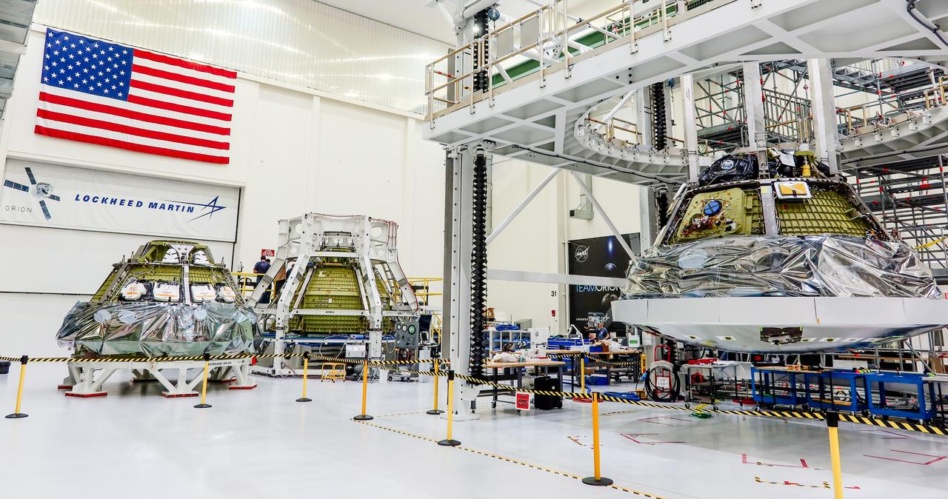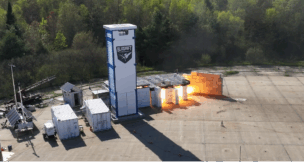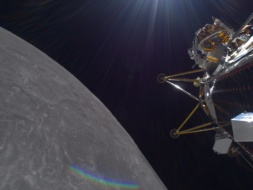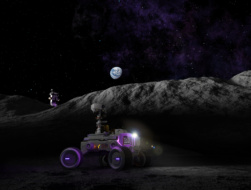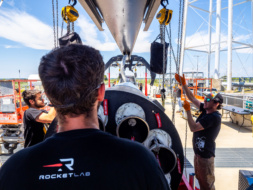NASA delayed America’s return to Moon on Thursday, setting a new timeline for the next two Artemis missions.
Artemis II, a mission to bring astronauts to lunar orbit, which was intended to launch next year, is now expected to launch in April 2026. If that mission goes well, Artemis III is expected to return Americans to the lunar surface in mid-2027.
While the news is a setback for the Artemis mission, officials said the adjusted timeline will still ensure the next boots on the Moon are American, not Chinese.
“It’s vital for us to land on the South Pole so that we do not cede portions of that lunar South Pole to the Chinese,” NASA Administrator Bill Nelson said at the press conference.
Pardon the interruption: In the two years since Artemis I returned from its uncrewed journey around the Moon, teams of engineers have been working to solve a range of issues to prepare for the second flight. First and foremost was understanding an anomaly in the heat shield.
During Artemis I, the Orion spacecraft reentered the atmosphere in a “skip guidance reentry” trajectory, meaning the spacecraft dipped in and out of the atmosphere, using atmospheric drag to slow itself down. During this reentry, gas built up under the ablative heat shield, causing cracks and pieces of material to break off.
The solution? For Artemis II, NASA will use the same heat shield technology as the first flight test. However, engineers will adjust the reentry trajectory to avoid the conditions that caused the degradation, ensuring that the crew experiences a balmy 70-something degrees inside Orion. The agency will then refine the heat shield’s permeability to protect the crew of Artemis III, when the skip guidance reentry will be necessary.
Since the Artemis I mission, NASA has also been working to solve various issues with the electrical and life support systems. These issues are all expected to be solved in time for the April 2026 launch.
In defense of SLS: Rumors abound that the SLS program may be at risk of being shut down in the new administration, but NASA officials reiterated their support for the launcher, at least in the short term.
“There is one human rated spacecraft that is flying and that has already flown beyond the Moon, further than any other human rated spacecraft, and that is the SLS combined with Orion,” Nelson said. “I don’t see the concern…that you are suddenly going to have Starship take over everything.”
However, Starship remains an active participant in the push back to the Moon starting with Artemis III. Amit Kshatriya, deputy associate administrator of the Moon to Mars program, suggested that the agency may use the delayed schedule to pull forward Artemis III mission objectives to Artemis II and bring SpaceX tech, including testing communications and RPO between Orion and Starship, into the fold earlier than planned.
“The biggest bang for the buck would be to get both vehicles uphill at some point in the same interval,” Kshatriya said. “We need to do a lot of work with our friends at SpaceX to see what the art of the possible is here.”
